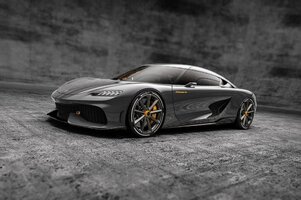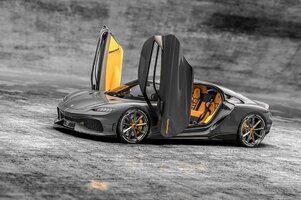From here....
"For now, Ford is just offering a single pack size—68 kWh. This keeps the range relatively low, at between 108-126 miles (174-203 km), but Ford says the majority of its customers' vans cover 75 miles (120 km) a day or less. The smaller pack no doubt helps keep costs manageable, starting at $43,295 for a cutaway model (think cab and frame but not much else). A basic extended-length, high-roof E-Transit costs nearly $10,000 more."

We’ve driven Ford’s other electric workhorse: The 2022 E-Transit
"For now, Ford is just offering a single pack size—68 kWh. This keeps the range relatively low, at between 108-126 miles (174-203 km), but Ford says the majority of its customers' vans cover 75 miles (120 km) a day or less. The smaller pack no doubt helps keep costs manageable, starting at $43,295 for a cutaway model (think cab and frame but not much else). A basic extended-length, high-roof E-Transit costs nearly $10,000 more."




